This post was most recently updated on September 8th, 2020
Spinach is one of the best plants to grow in your garden. It pretty much grows all year round and it can be used in salads, or cooked and put in so many dishes. In this beginners guide to growing spinach in your garden I will show you how you can grow this easy vegetable at home!
Please read: This information is provided for educational purposes only and is not intended to treat, diagnose or prevent any disease. We encourage you to make your own health care decisions in partnership with a qualified health care professional.
This post contains affiliate links, this means at no extra cost to you, we make a commission from sales. Please read our Disclosure Statement
Spinach has a very mild flavor and it goes well with butter and black pepper, eggs, bacon and/or cream.
History Of Spinach
Spinach is an edible annual flowering plant that has leaves which have been used for nourishment over hundreds of years.
Spinach originates from ancient Persia which today is known as Iran along with surrounding countries. From here it crossed over into India, but there is no evidence on who and how it landed up there.
The first mentioning of this plant states that spinach came to China from Nepal around the year 647.
The Saracens, which is what the Europeans called Muslims in the later part of the medieval era brought the plant to Sicily in 827. The 1st texts that mention spinach were written in Mediterranean in the 10th century.
How Easy Is Spinach To Grow?
Spinach does well when it grows in nitrogen-rich and moist soil.
The plants develop a deep-taproot. For the best and easiest growth the soil should be loosened at least a foot in depth before you start planting.
Different Types Of Spinach
There are 3 basic variants for modern day spinach.
This includes Savoy which includes crinkly, curly and dark green leaves.
The Semi-savoy which is one of the hybrid varieties made up of leaves that are slightly crinkled.
The last type is a smooth or flat spinach which is much easier to clean due to the smooth leaves.
Where To Plant Spinach
Spinach grows well in partial shade to sun. Sow the seeds in well drained and light soil.
To prepare your beds for planting, work aged compost to a minimum depth of 4-inches and remove rocks or soil clumps before you sow.
Spinach will grow faster in soil that is sandy and slower in clay-soil.
How To Grow Spinach From Seed
Sow your spinach seeds 1-inch apart and ¼ inch deep.
Thin the plants to about 6-inches apart as soon as the seedling reach a height of 1 to 3 inches.
You can grow spinach in beds that are super intensive to assist in retaining moisture, or space your rows 1 to 3-feet apart.
RELATED: Free Gardening Resources
When To Plant Out Spinach Seedlings
Transplant your seedlings after 3 to 4 weeks. It is best to transplant earlier in the morning or later in the afternoon.
The day before you plant the seedling out, reduce watering and remove the shade from your nursery bed.
This is known as hardening which offers the seedlings with the opportunity to become accustomed to direct and strong sunlight.
Growing Spinach In Containers
If you prefer to grow your spinach in a container, make sure the pot is a minimum of 6 to 8 inches deep. The pot does not need to be wide.
You can also choose a number of smaller pots where you can grow each plant in its own pot or choose crates, wooden boxes or a large window-box. Make sure that the container position is exposed to sunlight.
If you are new to gardening, or want some support and knowledge getting a garden started, check out our Productive Gardener Course TODAY
Common Pests And Diseases
Here is a list of the common diseases and pests that affect spinach plants:
Leaf Miners
You can grow radishes close to your spinach to keep these pests away. The damage done to the leaves of radishes will not stop the growth of the radishes underground.
Downy Mildew
Blight or the Mosaic Virus
Bolting
Protecting Spinach From Bugs Organically
Here are two simple and safe solutions to keep your spinach protected from bugs:
1. Soapy Water
Combine water (4 cups) with dish soap (5 tablespoons) inside a spray bottle. Spray your spinach with this solution. The soap in the solution will dehydrate spider mites and aphids.
2. Neem Oil Spray
Extracted out of the seeds from neem trees, this is an ancient, anti-fungicide, and natural insecticide which repels mites, scale, aphids, along with most other type of soft, small bodied insects.
RELATED: Neem and garlic spray recipe
How Long Does It Take From Sowing To Harvest?
Spinach is usually ready to pick in around 40 days from sowing. If you want a continual harvest, sow new seeds every 14 to 21 days.
How Do I Know Spinach Is Ready To Eat?
Knowing when to pick your spinach is a consideration that is important in order to obtain leaves that taste good and to prevent bolting.
Most of the varieties mature within 37 to 45 days, and should be harvested when they show a rosette of around 5 to 6 leaves.
The baby leaves will have a texture that is more tender and leaves with a sweeter flavor.
Storing Spinach
You can store fresh spinach for 10 to 14 days in your refrigerator. The stems should be lightly bundled together and placed inside a paper towel inside a plastic container or bag.
When harvesting bumper crops many people prefer to sauté or steam the extra plants and then freeze them in bags or sealed containers.
For further reading, I really recommend all of these books. I own every one of them and they are amazing resources!



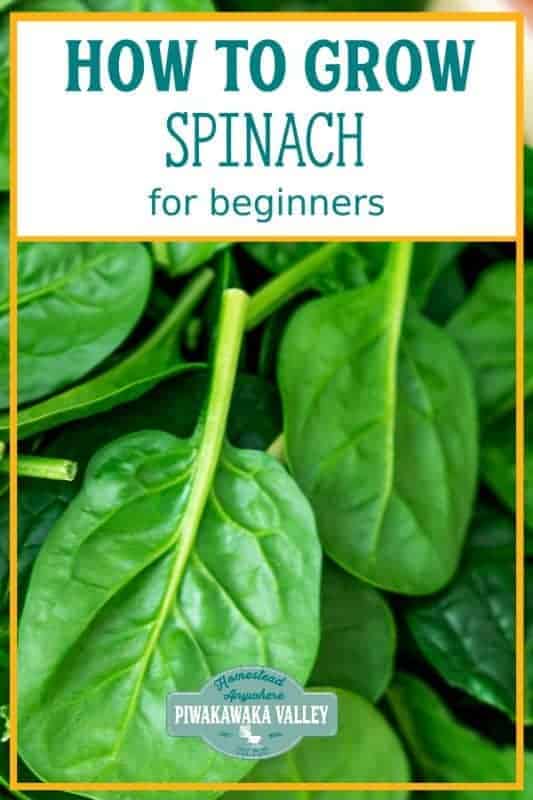
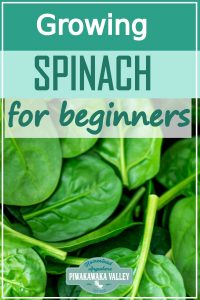




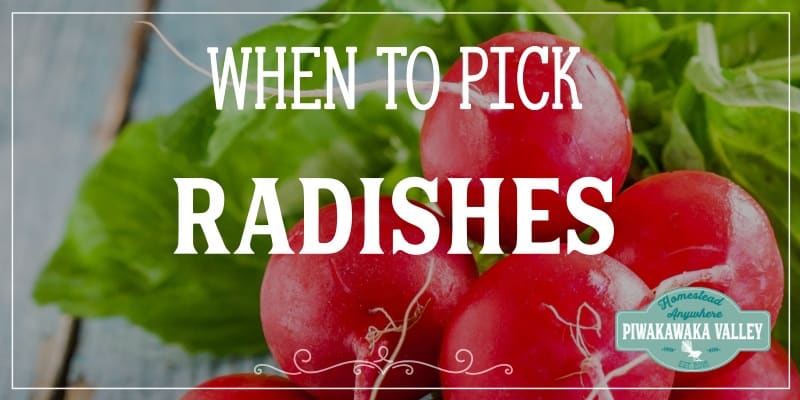
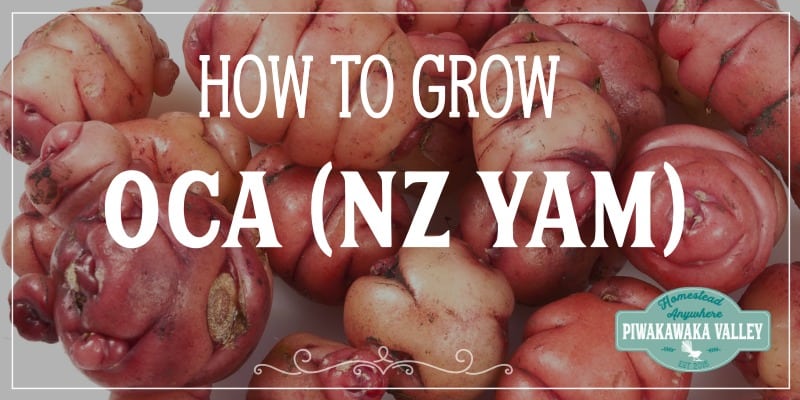
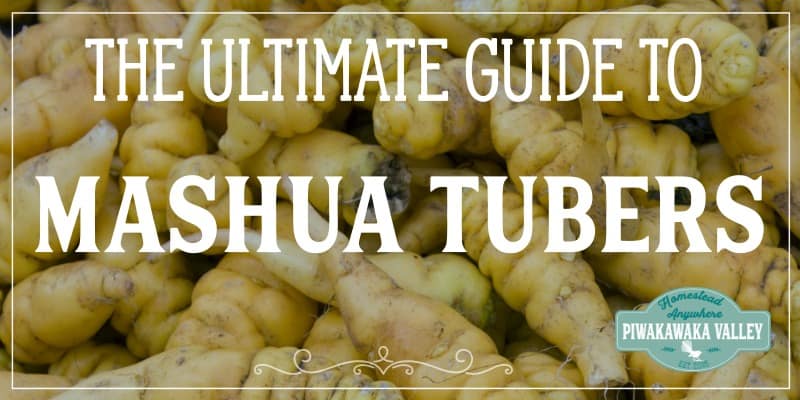
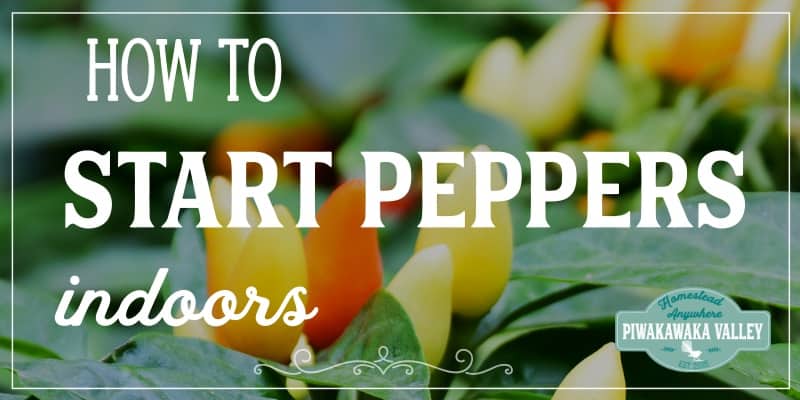

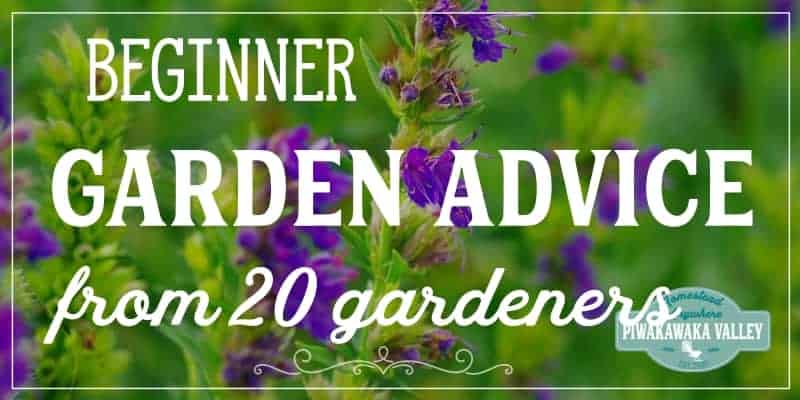
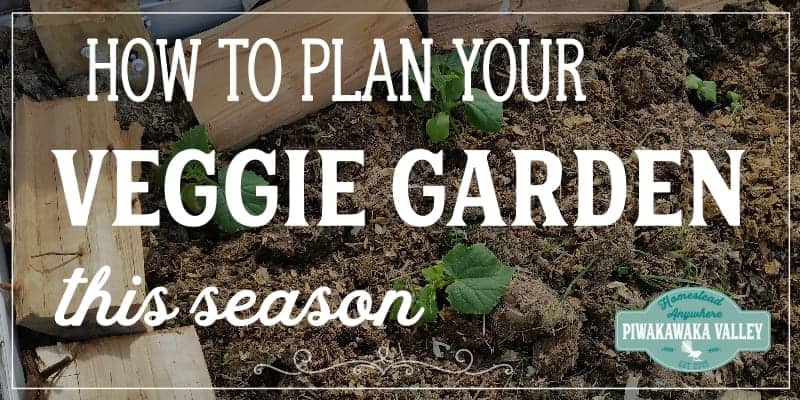
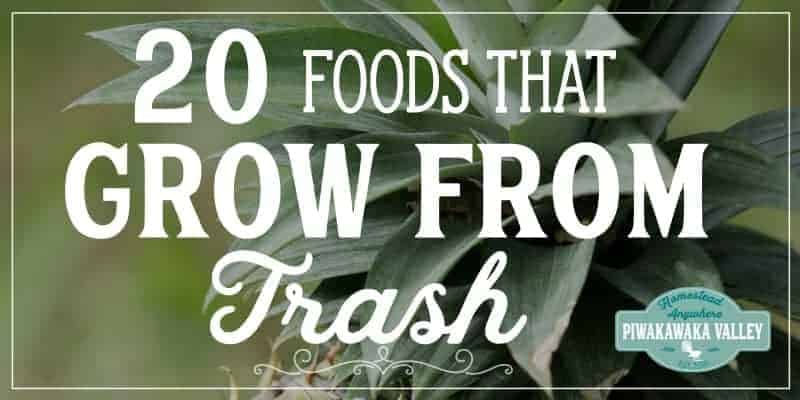




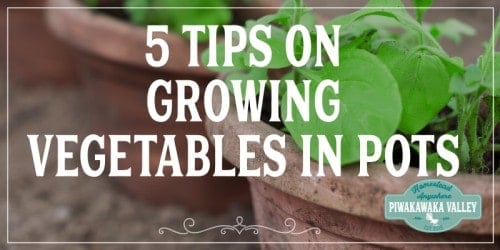
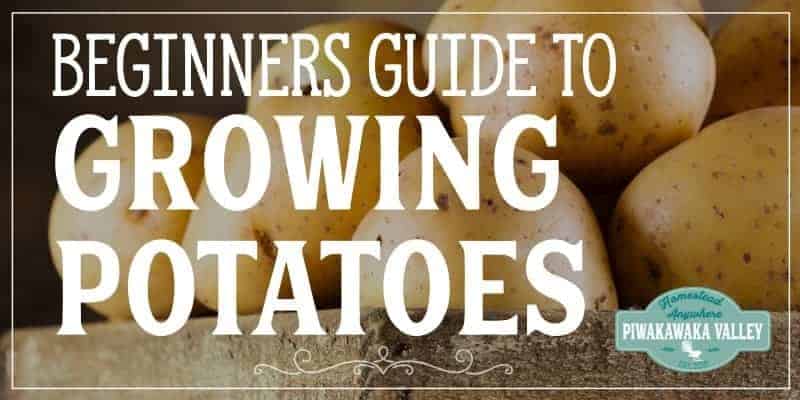


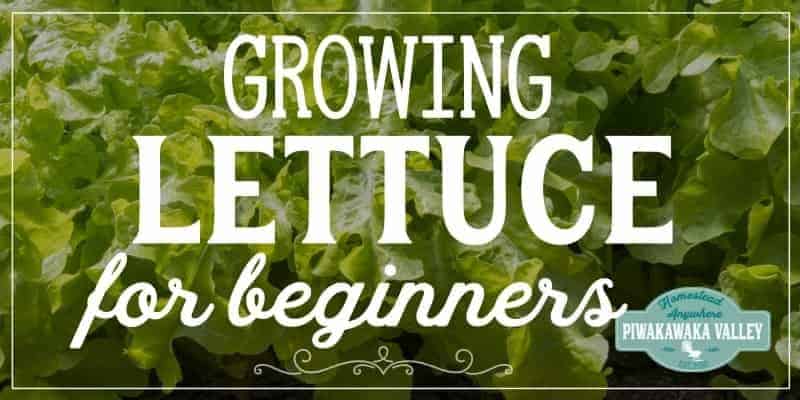






1 thought on “A Beginner’s Guide For Growing Spinach in your Garden”